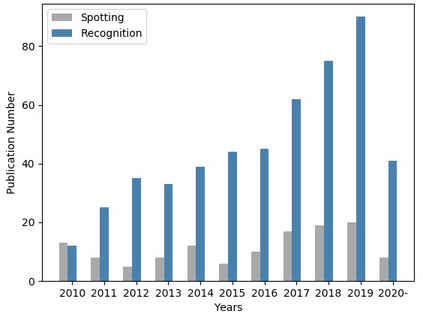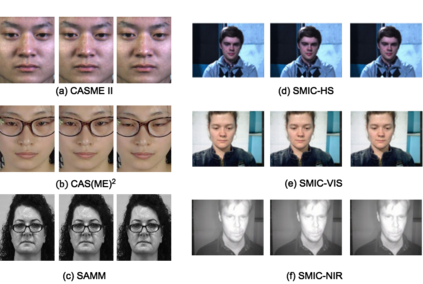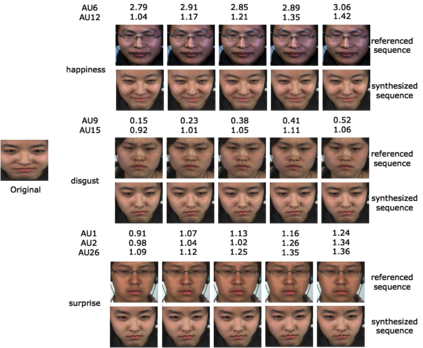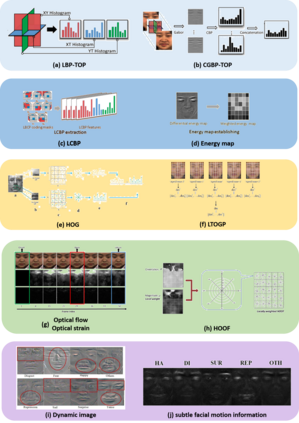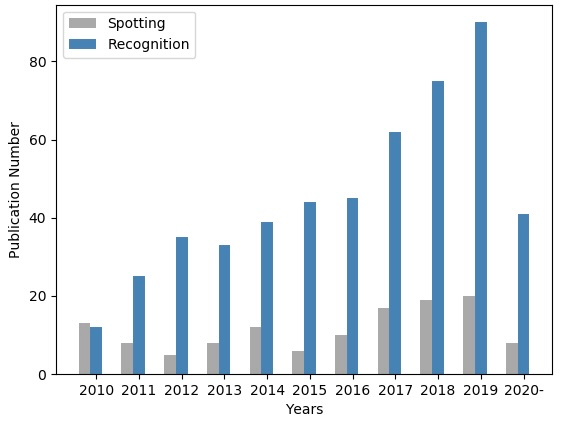Facial micro-expressions indicate brief and subtle facial movements that appear during emotional communication. In comparison to macro-expressions, micro-expressions are more challenging to be analyzed due to the short span of time and the fine-grained changes. In recent years, micro-expression recognition (MER) has drawn much attention because it can benefit a wide range of applications, e.g. police interrogation, clinical diagnosis, depression analysis, and business negotiation. In this survey, we offer a fresh overview to discuss new research directions and challenges these days for MER tasks. For example, we review MER approaches from three novel aspects: macro-to-micro adaptation, recognition based on key apex frames, and recognition based on facial action units. Moreover, to mitigate the problem of limited and biased ME data, synthetic data generation is surveyed for the diversity enrichment of micro-expression data. Since micro-expression spotting can boost micro-expression analysis, the state-of-the-art spotting works are also introduced in this paper. At last, we discuss the challenges in MER research and provide potential solutions as well as possible directions for further investigation.
翻译:微显微表情表明情感交流期间出现短暂而微妙的面部运动。与宏观表情相比,微微表情由于时间短和细微的变化而更难分析。近年来,微表情识别引起很大注意,因为它能够有利于广泛的应用,例如警察讯问、临床诊断、抑郁症分析和商业谈判。在这次调查中,我们提供了新的概览,讨论这些天对市场汇率任务的新研究方向和挑战。例如,我们从三个新的方面审查市场汇率方法:宏观到微观的适应,基于关键的前方框架的承认,以及基于面部行动单位的承认。此外,为了减轻有限和偏差的ME数据问题,对合成数据的生成进行了调查,以丰富微表情数据的多样性。由于微表情识别可以促进微观表情分析,本文中也引入了最新定位工作。最后,我们讨论了市场汇率研究的挑战,并提出了进一步调查的可能方向。

